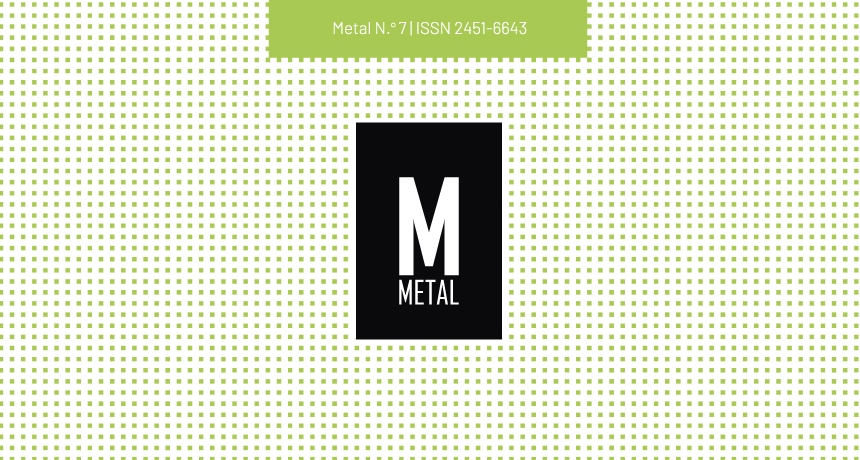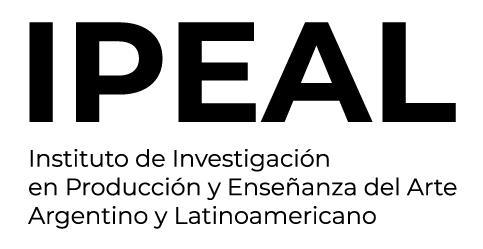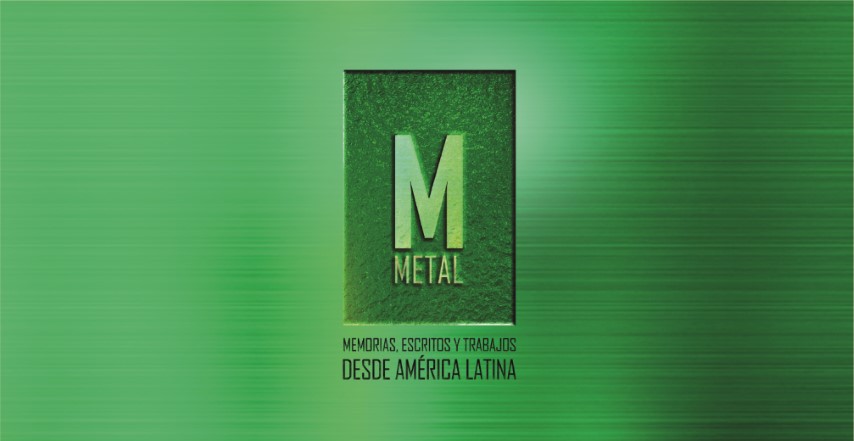Epistemology and Semiotics
Art-Science Dialoge in Our América
DOI:
https://doi.org/10.24215/24516643e028Keywords:
Intercultural philosophy, decolonial philosophy, semiotics, art, science researchAbstract
This work put propedeutically in dialogue the theoretical methodological guidelines of the Epistemology of Liberation with Peircean semioticsto study the existence of common areas between scientific and artistic practice in their equal claim for signical openness. It is exposed those postulates, exemplified and concluded by discussing its projection in the configuration of an Ouramerican aesthetic program of semiotic decolonizatioReferences
Bonilla, A. B. (2017).La filosofía en el cambio de época: desafíos y propuestas. Cuadernos de la Facultad de Humanidades y Ciencias Sociales, (51) ,39-48.
Borgdoff, H. (2012). The Conflict of the Faculties. Perspectives on Artistic Research and Academia. Amsterdam, Países Bajos: Leiden University Press.
Castro Gómez, S. (1996). Crítica de la razón latinoamericana. Barcelona, España: Puvill Libros.
Castro Gómez, S. y Grosfoguel, R. (2007). El giro decolonial. Reflexiones para una diversidad epistémica más allá del capitalismo global. Bogotá, Colombia: Siglo del Hombre Editores.
Dussel, E. (1977). Filosofía de la liberación. Bogotá, Colombia: Nueva América.
Eisner, E. (2003). On the Differences between Scientific and Artistic Approaches to Qualitative Research. Arts Research, 29 (57), 5-11.
Fornet-Betancourt, R. (2003). Interculturalidad y filosofía en América Latina. Aquisgrán, Alemania: Wissenschaftsverlag Mainz in Aachen.
Fornet-Betancourt, R. (2017).Elementos para una crítica intercultural de la ciencia hegemónica. Aquisgrán, Alemania: Wissenschaftsverlag Mainz.
Frayling, C. (1993). Research in art and design. Londres, Reino Unido: Royal College of Art.
García, S. y Belén, P. (2011). Perspectivas ontológicas, epistemológicas y metodológicas de la investigación artística. Paradigmas, (3), 89-107.
Mancuso, H. (2005). Palabra viva, teoría verbal y discursiva de Michail M. Bachtin. Ciudad Autónoma de Buenos Aires, Argentina: Paidós.
Mancuso, H. (2010). De lo decible. Entre semiótica y filosofía: Peirce, Gramsci, Wittgenstein. Ciudad Autónoma de Buenos Aires, Argentina: Sb.
Massariol, D. (2016). Operaciones enunciativas de subjetivación en el discurso de la cartografía artística actual como estrategia de dialogicidad y contra-conducta. Adversus, (13), 141-165.
Massariol, D. (2019). Desarticulación sígnica de «género» y dialogicidad con el sistema heteronormativo en las prácticas artísticas muxe de Lukas Avendaño (2014-2018). AURA Revista de Historia y Teoría del Arte (10), 82-92.
Massariol, D. (7 de mayo de 2021). Poética del fragmento en el arte argentino contemporáneo y su vinculación metodológica con las prácticas científico-investigativas. Ponencia presentada en las 21.a Jornadas del Instituto de Historia del Arte Argentino y Latinoamericano, Facultad de Filosofía y Letras de la Universidad de Buenos Aires, Ciudad Autónoma de Buenos Aires, Argentina.
Downloads
Published
How to Cite
Issue
Section
License
The acceptance of the manuscript by the magazine means the non-exclusive cession of the property rights of the authors in favour of the editor, who allows the reuse, after publication (post print), under a license Attribution-NonCommercial-NoDerivatives 4.0 International.
According to these terms, the material can be copied and redistributed by any means or in any format as long as a) the author and original source of the publication are quoted (magazine and URL of the work), access to the license is provided and whether changes have been made is mentioned; and b) the material is not used for commercial purposes.
The cession of non-exclusive rights means that after the publication (post print) in Metal the authors can publish their work in any language, means and format; in such cases it must be mentioned that the material was originally published in this magazine. Such cession also means the authorization of the authors for the work to be collected by SEDICI, the institutional archive of the Universidad Nacional de La Plata, and to be spread in the databases that the editorial team considers appropriate to increase the visibility of the publication and its authors.
Moreover, the magazine encourages the authors to deposit their productions in other institutional and thematic archives under the principle that offering the society the scientific and academic production without any restrictions contributes to a greater exchange of the global knowledge.



























